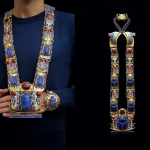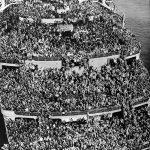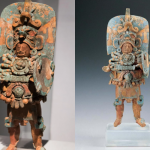21 September 1924 | Antwerp, Belgium
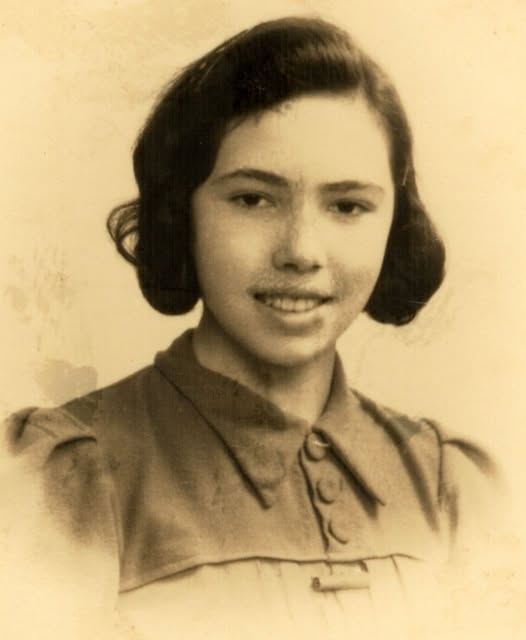
21 September 1924 | Antwerp, Belgium
On this day, a Jewish girl named Mina Lipschitz was born in the bustling port city of Antwerp. She grew up in a community where Jewish families contributed to the city’s life through trade, crafts, and culture. Mina herself became a seamstress — a trade that required patience, skill, and creativity. Her hands stitched fabric together, weaving small threads into something whole, useful, and beautiful.
But history tore apart what she tried to mend.
In 1940, when Nazi Germany invaded Belgium, life for Jewish families like Mina’s changed overnight. Restrictions multiplied: Jews were barred from professions, stripped of rights, forced to register, and eventually rounded up. Antwerp’s once-vibrant Jewish population was marked for destruction.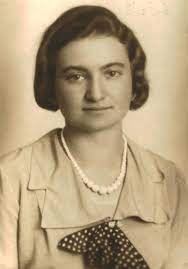
On 15 January 1943, Mina was among those deported from the Kazerne Dossin transit camp in Mechelen, a place from which over 25,000 Jews were sent east. That day, she was loaded onto a transport train bound for Auschwitz-Birkenau, the largest of the Nazi death camps.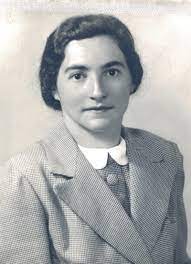
Mina never returned. Her life ended there, in a place designed to erase not just people, but the worlds they carried within them. She was only 18 years old.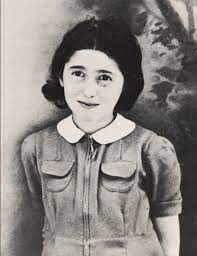
We know her name. We know her birthday. We know her craft. And we know that she did not survive.
Remembering Mina Lipschitz means restoring her humanity against the silence the Nazis tried to impose. She was more than a number on a transport list. She was a daughter, perhaps a sister, a friend, a young woman with hopes and dreams — and a talent for turning thread into something lasting.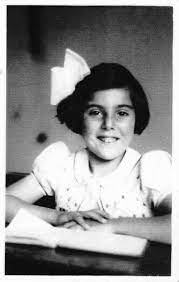
On her birthday, and every day, we honor her memory.


